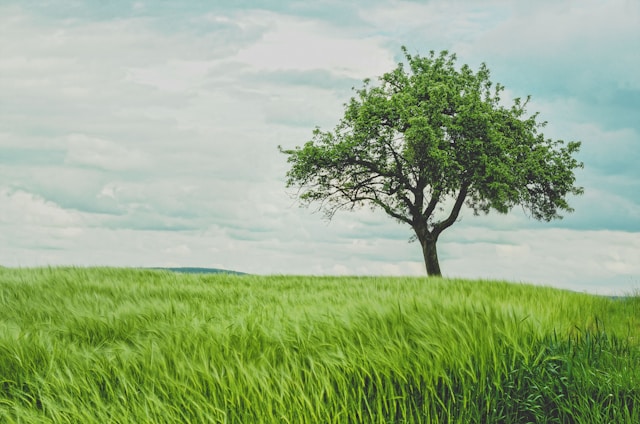Trees are hardy and strong, but it’s important to look out for diseases and pests that could affect them. Let’s take a look at ash anthracnose and how it can affect ash trees in Denver.
Understanding Ash Anthracnose
Ash Anthracnose is caused by a fungus that overwinters on twigs and fallen leaves. It thrives in cool, moist environments. When spring arrives, ash anthracnose appears as wet splotches on the leaves that quickly spread, and it causes young leaves to curl and pucker. The fungus can easily spread from an infected tree to other trees in the area, so it’s important to mitigate the problem quickly.
Impact on Ash Trees
Ash trees that are infected with anthracnose can suffer from cankers on twigs and a dieback of small branches. It also causes trees to drop their leaves prematurely. If the disease progresses, a tree can experience dieback of the lower branches and complete defoliation. Without proper treatment, anthracnose leaves a tree weak and susceptible to other pests and diseases, and it can quickly spread to other trees in the area.
Ash Anthracnose Life Cycle
Ash anthracnose is a fungus that overwinters on twigs and the stems of leaves. In the wet spring weather, spores spread and infect the tree, leading to a variety of symptoms. Water-soaked spots appear on leaves, twigs develop cankers, and the tree experiences premature defoliation. As the spores spread and leaves fall, the fungus can quickly spread to nearby trees. Ash anthracnose thrives in cool, moist weather, much like the climate here, in Denver. When spring arrives, it quickly spreads.
Importance of Early Detection and Mitigation Strategies
Early detection is key, not only to save a tree from becoming weak and vulnerable, but to avoid further spread of the fungus. To avoid this fungal disease, keep your trees properly pruned, adequately watered, and in good health. A healthy tree is far less susceptible to pests and diseases like ash anthracnose. If you’re worried about ash anthracnose, we’re here to help. Contact the pros at American Arbor Care.
Frequently Asked Questions (FAQs)
What are the early signs of Ash Anthracnose?
Anthracnose appears in the spring, as water-soaked spots on the leaves. Young leaves may also be curled, twisted, and puckered as they begin to grow.
How does Ash Anthracnose affect the structural integrity of trees?
A serious infection can lead to defoliation and dieback in the lower limbs.
Can Ash Anthracnose be transmitted to other tree species?
Ash anthracnose can be transmitted to most ash trees.
Are there specific ash tree varieties more resistant to Ash Anthracnose?
Yes, the green ash is fairly resistant to the fungus.
When is the best time to apply fungicides for Ash Anthracnose prevention?
During the spring when buds begin to appear and the weather is exceptionally wet.
What cultural practices can homeowners adopt to minimize the risk of Ash Anthracnose?
- Don’t overwater your trees.
- Never compost leaves that have been infected.
- Prune away diseased branches and twigs.
- Rake and destroy leaves that fall in autumn.
Are there any natural predators or biological controls for the Ash Anthracnose fungus?
No, the best way to mitigate anthracnose is by keeping the tree healthy, properly pruned, and watered sufficiently.
How frequently should I monitor my ash trees for potential Anthracnose infection?
Check your tree frequently for signs of stress, but especially in the early spring as buds and leaves begin to appear.
Can Ash Anthracnose spread through contaminated tools or equipment?
Yes, ash anthracnose can spread via wet hands, pruning tools, and even clothing.
What role does climate play in the prevalence of Ash Anthracnose?
Wet weather is a breeding ground for most fungi, including ash anthracnose.

